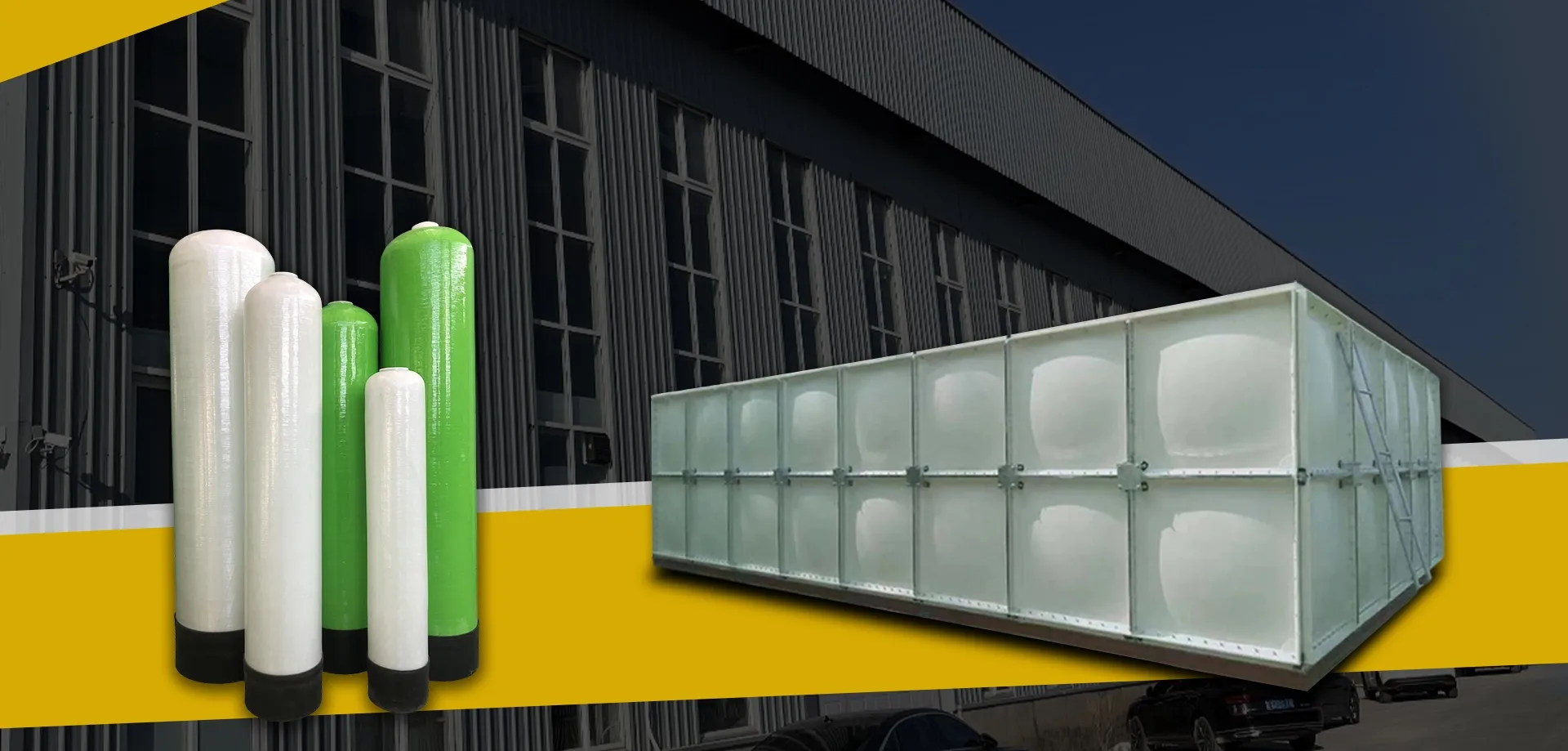loading...
- No. 9, Xingyuan South Street, Dongwaihuan Road, Zaoqiang County, Hengshui, Hebei, China
- admin@zjcomposites.com
- +86 15097380338
- Welcome to visit our website!
frp mesh grating
Understanding FRP Mesh Grating A Versatile Solution for Modern Infrastructure
Fiber Reinforced Polymer (FRP) mesh grating has become an innovative solution in various industries, thanks to its unique properties and advantages. As a lightweight yet strong alternative to traditional materials, FRP mesh grating is garnering attention for its applications in construction, marine, and industrial sectors.
What is FRP Mesh Grating?
FRP mesh grating is composed of a polymer matrix reinforced with fiberglass. This combination results in a strong, corrosion-resistant product that offers excellent durability and performance in challenging environments. The mesh structure promotes excellent drainage and airflow while providing reliable load-bearing capabilities. The combination of glass fibers enhances tensile strength, making FRP grating ideal for applications where traditional materials might fail.
Key Benefits of FRP Mesh Grating
1. Corrosion Resistance One of the standout features of FRP grating is its exceptional resistance to corrosion. Unlike metal grating, which can rust and deteriorate over time when exposed to harsh chemicals or the elements, FRP remains stable and intact. This characteristic makes it a popular choice for chemical plants, wastewater treatment facilities, and marine applications.
2. Lightweight The lightweight nature of FRP mesh grating facilitates easier handling and installation compared to heavier materials like steel and aluminum. This not only reduces labor costs but also minimizes structural loads, making it suitable for a variety of applications.
3. Versatile Applications FRP grating is suitable for a wide array of environments, including industrial settings, walkways, platforms, and even recreational areas. Its customizable features enable it to meet specific requirements regarding size, color, and load capacity.
frp mesh grating

4. Low Maintenance Due to its resistance to corrosion and chemical damage, FRP grating requires minimal maintenance. This results in lower long-term costs as it does not need to be painted or treated frequently, which is common with metal counterparts.
5. Safety Features Many FRP gratings are designed with anti-slip surfaces, enhancing safety for workers and pedestrians alike. This is particularly important in industrial settings where slips and falls can lead to serious injuries.
Applications of FRP Mesh Grating
The versatility of FRP mesh grating enables it to be utilized in numerous sectors. In the construction and building industry, it serves as flooring for raised platforms, walkways, and access to machinery. Its lightweight nature makes transportation and installation straightforward, facilitating faster project completion.
In marine environments, FRP grating is extensively used in docks, piers, and boat ramps. Its resistance to saltwater and UV rays extends its lifespan, making it an economical choice for coastal applications.
Additionally, in industrial settings, FRP grating is commonly employed for catwalks, stairways, and cover plates for drainage systems. The ability to customize this material to accommodate various load requirements allows for its use in both heavy industrial and light commercial applications.
Conclusion
In summary, FRP mesh grating stands out as a robust, lightweight, and cost-effective solution suitable for a diverse range of applications. Its resistance to corrosion, low maintenance requirements, and safety features make it a prime choice for industries where performance and durability are essential. As industries continue to seek solutions that enhance efficiency and safety, FRP grating is poised to play a crucial role in the future of infrastructure development. Embracing this innovative technology can lead to enhanced performance and lower long-term operational costs.
-
The Rise of FRP Profiles: Strong, Lightweight, and Built to LastNewsJul.14,2025
-
SMC Panel Tanks: A Modern Water Storage Solution for All EnvironmentsNewsJul.14,2025
-
GRP Grating: A Modern Solution for Safe and Durable Access SystemsNewsJul.14,2025
-
Galvanized Steel Water Tanks: Durable, Reliable, and Ready for UseNewsJul.14,2025
-
FRP Mini Mesh Grating: The Safer, Smarter Flooring SolutionNewsJul.14,2025
-
Exploring FRP Vessels: Durable Solutions for Modern Fluid HandlingNewsJul.14,2025
-
GRP Structures: The Future of Lightweight, High-Performance EngineeringNewsJun.20,2025
